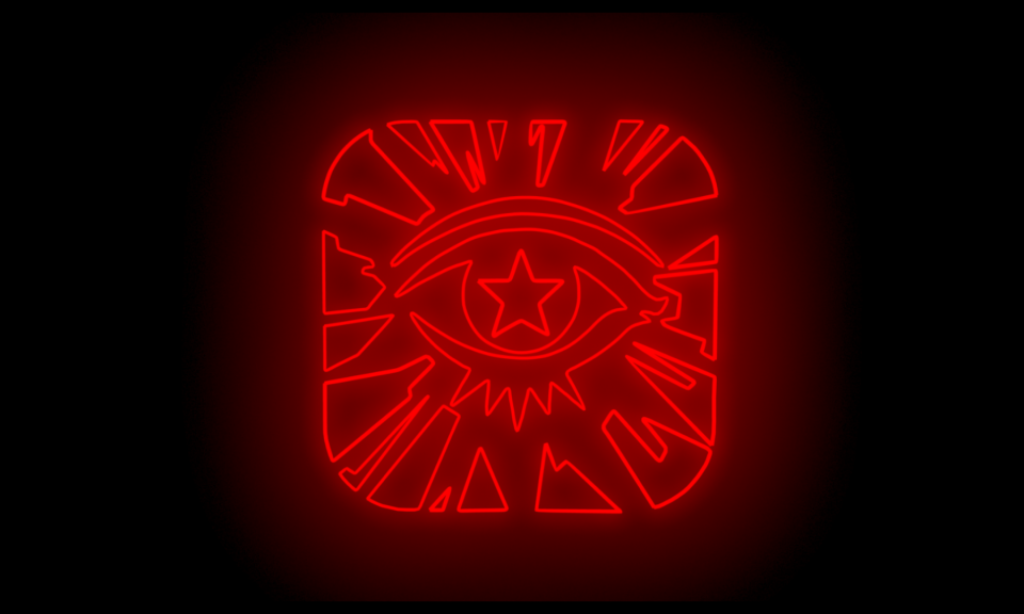After we gave our proposals, it was clear everyone was very passionate about their projects, with the assembly of groups slowing down as everyone waited to see if anyone would hop on their projects before going for anyone else’s.
Thankfully however, I was not the only one who wanted to make a game, and after some discussion, created a group with Will and Colin to work on a project. We all were still passionate about our own ideas, so together we worked on a new one that implemented all our ideas together.
We each chose one major thing we wanted to express in the game. For me, it was for it to have an acceptable narrative with possible links to escapism, for Colin it was to include the concept of machine learning in some regard, and for Will, he wished to include procedural animation using a llama character.
From there, we discussed other elements, such as the setting, core gameplay concept, genre, VR locomotion system, and other areas, and began to get an idea formed pretty quickly.
• Narrative based puzzle/tower defence game
• Set in a futuristic office
• Player is a robot with teleport locomotion
• Gameplay consist of trying to do office jobs whilst a llama tries to stop you
• Has a day system with 3 days in total
• Day 1 -tutorial Day 2 – llama shows up Day 3 – narrative rebel vs obey system
• As the llama affects the game, the office could become overgrown
I was excited that we had an idea forming so quickly, with us divvying out jobs to begin work immediately. I was tasked with the narrative elements of the game. However, due to having work obligations, I was unable to discuss this with my team during class so they had to create a base semblance of the story already. So instead I began focusing on areas to 3D model as well as looking into how the llama might affect certain tasks we had listed, and how these tasks would also act on our day 3 finale.
An example of this was the ‘sign in’ objective we would have for each day. This would begin the work cycle. For day 1 it would be pretty simple to teach the player the system. However with the llama present, it might steal the pen needed to sign in, making you search for it or have to buy a new one. For the final day, the player would get the opportunity to rebel, being able to throw the sign-in sheet out the window or in the trash.
For the 3d modeling work, I had some mood board examples as well as a floorplan Colin created in The Sims to work off.

So to begin, I focused work on the office cubicles and their items. I took inspiration from the mood board items, as well as my own love for cyberpunk and futuristic design and created a few items including the desk, chairs, monitors and keyboards, and some basic office clutter. All the while I made sure to keep most items modeled separate, knowing we had plans to make a physics system where the player could pick up most items.

https://trello.com/b/HDvGRJQv/llama-drama – link to our trello where we document our ideas and notes
